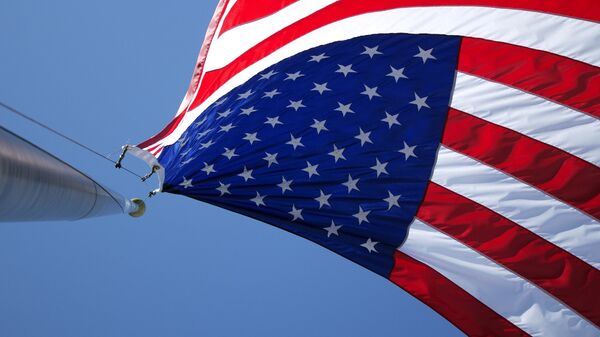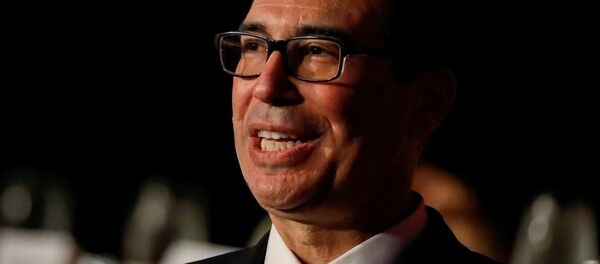Kristian Rouz – Core US inflation posted its biggest increase in 11 months in December, supporting the Federal Reserve’s monetary policy course. Inflation remains the key macroeconomic indicator being closely watched by monetary authorities, as and the measure is becoming increasingly sustainable near the Fed’s 2-percent target, a further increase in base borrowing costs is more likely.
Solid gains in rents and healthcare costs recorded last month boosted inflation expectations for this year. This as the GOP tax reform contributed to higher wage growth expectations, whilst the prospect of healthcare reform by repealing and replacing Obamacare suggests a higher demand for medical services in the coming months.
Underlying US consumer processes rose 0.3 percent in December as compared to the same period the previous month, according to a report from the Labor Department. On an annualized basis, inflation excluding food and energy increased 1.8 percent, up from 1.7 percent in November.
READ MORE: 'More Data,' Please: US Fed Officials Sceptical After Inflation Info
Additionally, increases in domestic consumer demand also contributed to the acceleration in core inflation. In a separate report, the Commerce Department said retail sales rose 0.4 percent in December, compared to 0.9 percent the previous month. On an annualized basis, retail sales rose 5.4 percent last month.
Christmas holiday spending produced solid retail revenues, producing a moderate expansion in consumer prices.
“The economy is doing quite well right now, and well enough for the Fed to feel compelled to take steps to take the edge off before inflation truly becomes problematic,” Jim Baird of Kalamazoo, Michigan-based Plante Moran Financial Advisors said.
Broader inflation measures have been overshooting the Fed’s 2-percent target for several consecutive months since September, at 2.1 percent last month, compared to 2.2 percent in November. This has supported the case for tightening Fed policy, however, as some downside risks to the economy still linger, the central bank maintains its cautious approach to setting interest rates.
The expectations of President Trump’s $1-trillion infrastructure plan – or the second phase of his administration’s fiscal overhaul – have been supportive of consumer spending. However, rents and healthcare costs are driven by more complex market dynamics rather than consumer willingness to buy things, meaning the current pace of core inflation is largely dependent of effective disposable incomes.
The Federal Reserve says it will raise borrowing costs three times this year, after three hikes in 2017. This, however, is a cautious forecast, as the Trump administration’s fiscal stimulus is expected to take full effect in the second half of this year – compared to the limited fiscal and deregulatory accommodation in 2017 – allowing for a more hawkish path of monetary normalization.
Several analysts say four Fed hikes are more likely this year due to the accommodative fiscal and regulatory environment. President Trump has also pledged to take further action to curb governmental interference with farming – including by transferring more land to farmers – and manufacturing – by revoking several most odious environmental regulations.
Besides, a prospect of customs tariffs adjustment or an implementation of quotas on trade with mainland China, is poised to support factory-gate inflation, which will pass on to both core and broader inflation measures.
The Fed will react to price index increases by setting base borrowing costs higher, and a full normalization cycle is expected to end when central bank rates are set at 4.75 percent, according to the Taylor rule. Currently, Fed rates stand at 1.25-1.5 percent, according to a Federal Open Markets Committee’s decision from the meeting on December 12-13, 2017.
However, downward challenges to the monetary policy course and the US economy remain. Personal consumption expenditures price index has undershot its 2-percent target since mid-2012, mainly due to wage stagnation and a loose labor market during the second term of the Obama presidency.
Currently, economists hope the measure will meet its central bank target due to President Trump’s stimulative policies.


